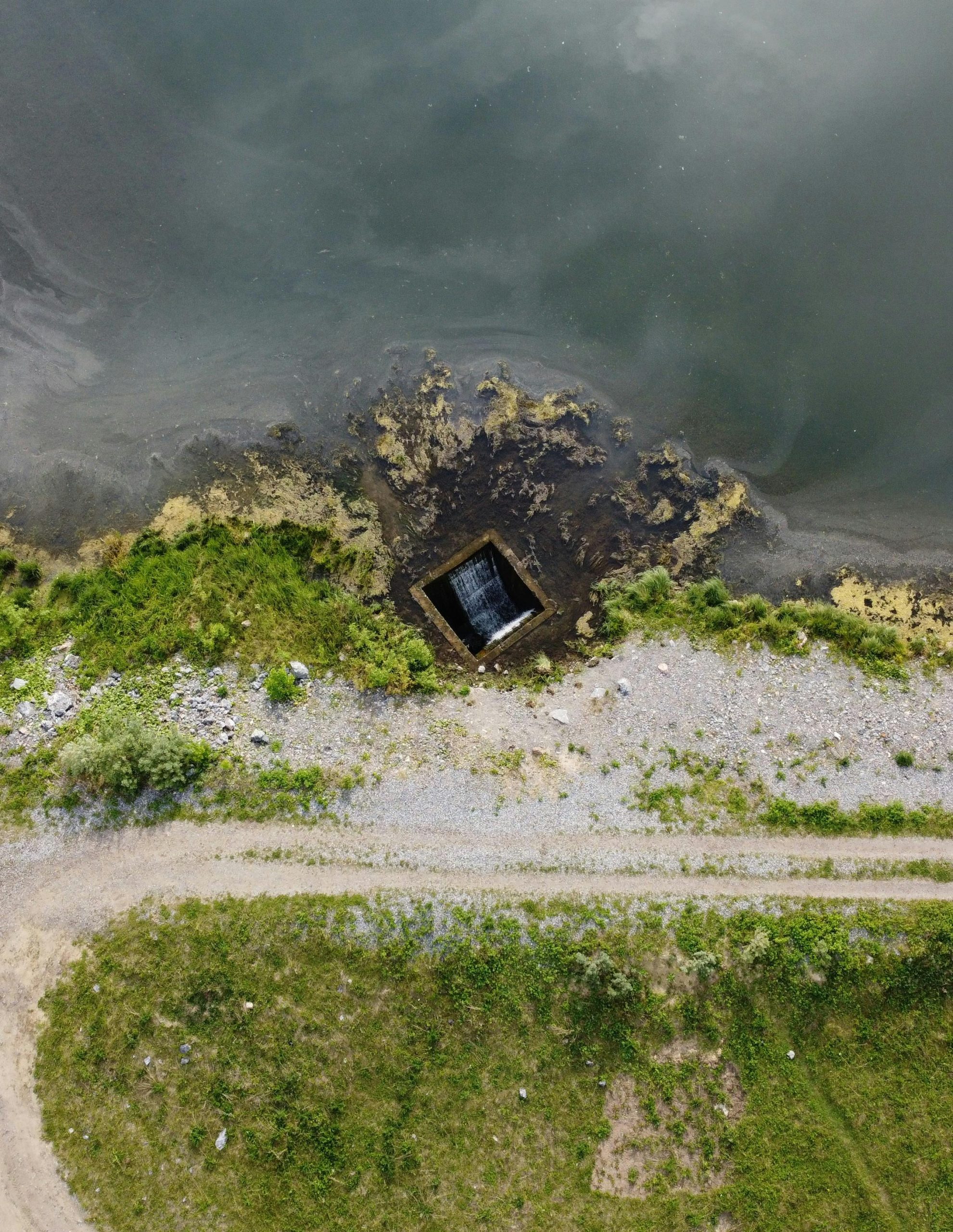A Deep Dive into London’s Waterway Pollution: 12,000 Hours of Sewage Spills Last Year
It’s alarming yet true: in the past year, London’s waterways were subjected to 12,000 hours of sewage overflow, raising pressing environmental and public health concerns. This extensive pollution not only tarnishes the city’s historic rivers and canals but also poses serious risks to the aquatic ecosystem and local communities.
Throughout the year, untreated sewage has found its way into these crucial waterways, a problem that highlights the urgent requirement for infrastructure improvements and sustainable waste management solutions. This lengthy period of sewage discharge is a stark reminder of the challenges that accompany urban drainage systems, especially in a sprawling metropolis like London.
Efforts to address the situation are underway, with various stakeholders advocating for enhanced policies and innovative strategies to prevent such significant environmental impacts in the future. Collaborative action is essential to protect these vital aquatic resources and ensure the health and safety of both the environment and its inhabitants.
Join us as we explore the underlying problems and potential solutions surrounding London’s waterway pollution crisis, a matter that undoubtedly demands our collective attention and action.


Reflections on London’s Waterway Pollution Crisis
As a long-time London resident, I feel compelled to express my deep concern over the shocking statistic of 12,000 hours of sewage overflow into our beloved waterways. This issue goes beyond just mere pollution; it directly affects the quality of life in our city and the health of our communities.
Here are a few thoughts I’d like to share regarding this grave concern:
London’s Waterway Pollution Crisis: A Call for Urgent Action
As a long-time resident of London, I find this issue deeply concerning. The fact that our waterways experienced 12,000 hours of sewage overflow last year is not just a statistic, but a stark indication of the urgent need for comprehensive infrastructure upgrades.
Improving our drainage systems should be a priority, but it’s equally important to consider:
Public engagement and political will must go hand in hand to tackle this crisis effectively. Protecting London’s historic waterways not only preserves our cultural heritage but also enhances urban biodiversity and public health. Let’s advocate for transparent policies and innovative solutions that can restore our waterways to their former vitality.